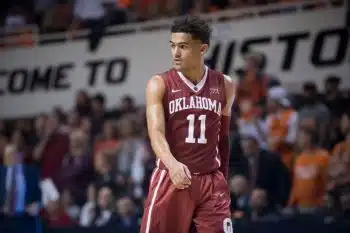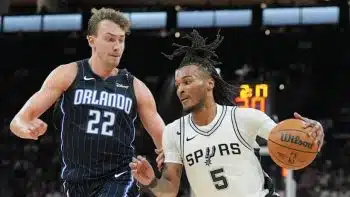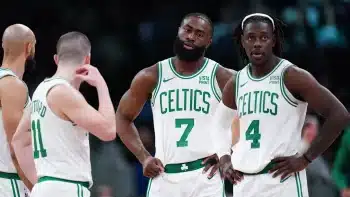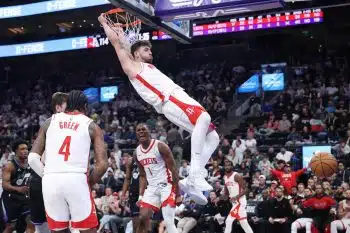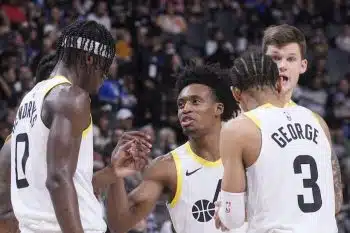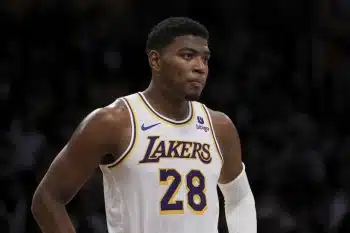NBA
NBA Sunday: Should the Hornets Re-Sign Al Jefferson?
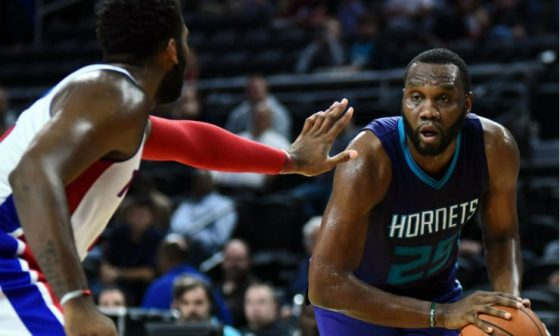
Without question, the economics of the National Basketball Association are shifting. For the 2015-16 season, the league’s teams are operating under a $70 million salary cap, and all but five of the league’s teams are operating with payrolls of at least that amount.
With the expected cap spikes over the coming years, for today’s young superstar, a deal such as the five-year, $145 million extension that Anthony Davis signed this past summer will become more commonplace and the scale of salaries that we have become accustomed to over the course of the 2005 and 2011 collective bargaining agreements will soon become defunct.
The “new” midlevel salary will be somewhere in the realm of $10 million per year, while journeymen and those serving as 11th or 12th men can reasonably expect to earn sums in the realm of $5 million per annum.
What is most important to ponder about the new era of NBA economics—one wherein each team will be required to spend at least 90 percent of whatever the salary cap ends up being—is how it will affect the salary structure of some players who have battled with injury and those who have seemingly seen their best days pass them by.
Specifically, it will be interesting to see exactly what the Charlotte Hornets do with Al Jefferson.
* * * * *
For many years, Kevin Durant has dominated the headlines and the imaginations of anyone who has thought about what July 2016 is going to look like. Aside from Durant, though, a number of other high-profile free agents will hit the market and they will do so with a cap that is expected to land somewhere within the $88 million to $91 million range.
Al Horford, Nicolas Batum, Joakim Noah, Andre Drummond, Harrison Barnes, Jamal Crawford, Roy Hibbert, Mike Conley, Hassan Whiteside, Ryan Anderson, Rajon Rondo and Bradley Beal are but a few 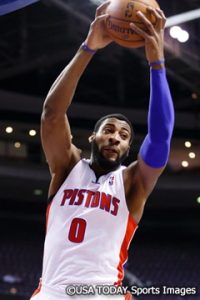 of the players that will join the aforementioned Durant and Jefferson on the free agent market, and they will do so in a situation where the majority of the league’s teams have tons of cap space to spend. The jump from a $70 million cap to an estimated $88 million cap would represent the biggest single-season dollar increase to the salary cap and would represent a single-season growth of 25.7 percent. One would have to go back to July 1995 to find a comparable situation.
of the players that will join the aforementioned Durant and Jefferson on the free agent market, and they will do so in a situation where the majority of the league’s teams have tons of cap space to spend. The jump from a $70 million cap to an estimated $88 million cap would represent the biggest single-season dollar increase to the salary cap and would represent a single-season growth of 25.7 percent. One would have to go back to July 1995 to find a comparable situation.
Consider that, by virtue of what is expected to be one of the largest cap increases by percentage in league history, even a team that operated at the $70 million cap in 2015-16 could have $15 million to $20 million to spend in free agency. Even more so, a mechanism in the collective bargaining agreement requires that all teams spend at least 90 percent of the amount of the salary cap on its payroll, meaning that teams will not only have a lot of money to spend, they will be required to spend it.
If you were Michael Jordan and the Charlotte Hornets, would you spend it on Al Jefferson?
* * * * *
This past summer, scores of NBA followers were surprised to learn that Greg Monroe had opted to join the Milwaukee Bucks over some of his other reported suitors. A young big man choosing a smaller market team is not something that we see often, but many seem to have forgotten that long before Monroe made that decision, Jefferson did, as well.
After deciding that it was in his best interest to take his talents elsewhere, Jefferson signed a three-year, $41 million contract with the Hornets in July 2013, and was thought to be a vital cog in the team’s rebuilding project. In his first year with the team, Jefferson teamed up with Kemba Walker and Gerald Henderson and, with 21.8 points and 10.8 rebounds per game, helped the Hornets double their win total from the previous season (21 wins in 2012-13 versus 43 wins in 2013-14) and led the team to its first playoff appearance in four years.
Many, including myself, thought that the Hornets were a team on the rise, but their 2014-15 season saw the team’s win total from the prior year reduce by 10. That can easily be explained by the fact that Jefferson and Walker missed 17 and 20 games, respectively, and the Hornets struggled mightily to incorporate Lance Stephenson.
After effectively replacing Stephenson with Nicolas Batum, though, it was again thought that the Hornets had become a stronger team and the sky seemed to be the limit for the 2015-16 season. With the team going 14-8 over its first 22 games, things seemed to be shaking out nicely, but after going 3-8 over their past 11 games, the Hornets will enter play on January 3 at 10th in the Eastern Conference.
Even worse is the fact that Jefferson is expected to be out for approximately six weeks after undergoing surgery to repair the lateral meniscus in his right knee.
Suddenly then, when you think about it, you will realize that the one constant over the course of Jefferson’s 11-year career has been an inability to play at a consistently high level. It appears, in retrospect, that Jefferson has always seemed to either be injured, or returning from injury. Over the course of his entire career, he has managed to play in as many as 75 games only four times and, in each of his four career stops, has had at least one season where he has missed about 20 games.
Like Joakim Noah of the Chicago Bulls, Jefferson’s effectiveness as a player cannot be discounted. In the evolving basketball world marked by three-point shooting big men and open space, he is a throwback who does most of his damage and dirty work in the paint. Jefferson is a rare breed in today’s game—a big man who makes his money operating on the low box and one who can be entrusted with carrying and orchestrating an offense from there.
Unfortunately, like Noah, Jefferson doesn’t exactly seem to be an ironman and, at 30 years old, players with mileage do not typically get healthier. Jefferson stands to earn $13.5 million this season before becoming a free agent this summer and he, Noah, Roy Hibbert and Jamal Crawford will represent a category of players who may benefit from being in the right place at the right time. In each of their own right, one could reasonably question whether these players have already peaked and whether and to what extent they can contribute to winning at a high level in the NBA today.
In the end, though, don’t be surprised if, in this market, each of those four end up cashing in on bigger paydays than one would have thought reasonable.
* * * * *
With Jefferson sidelined for the next six weeks, there is simply no telling where the Hornets will be once he returns from injury. However, the team will have to make a decision on whether to move forward with him, and if so, what his worth to them is.
It’s a very interesting thought to ponder, as our ideas of what type of value certain players bring will have to undergo a necessary reevaluation due to the league’s changing economic climate.
What is Al Jefferson worth? Has he already peaked? Can he help take the Hornets where they want to go?
Those are all difficult questions—I’m just happy that I don’t have to answer them.
